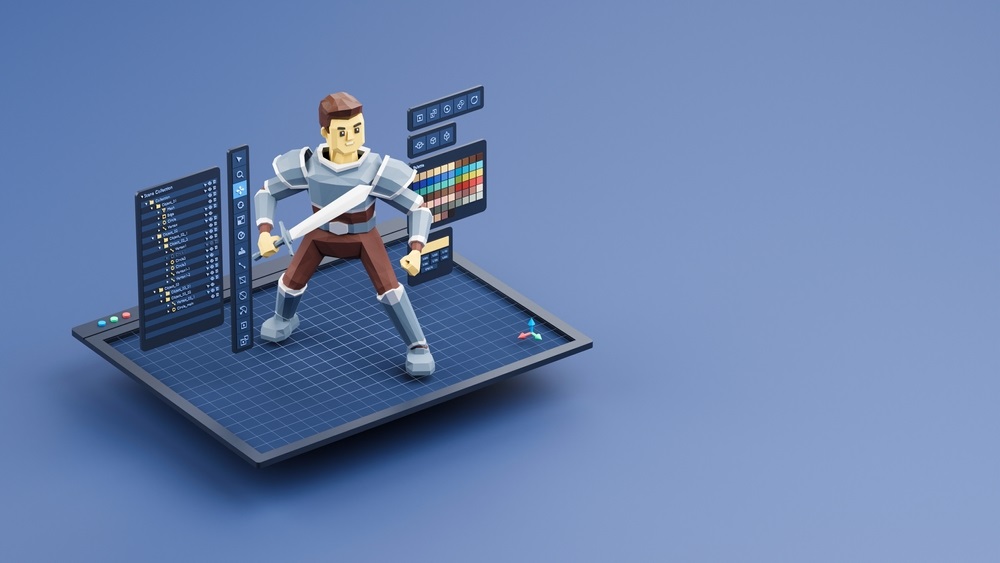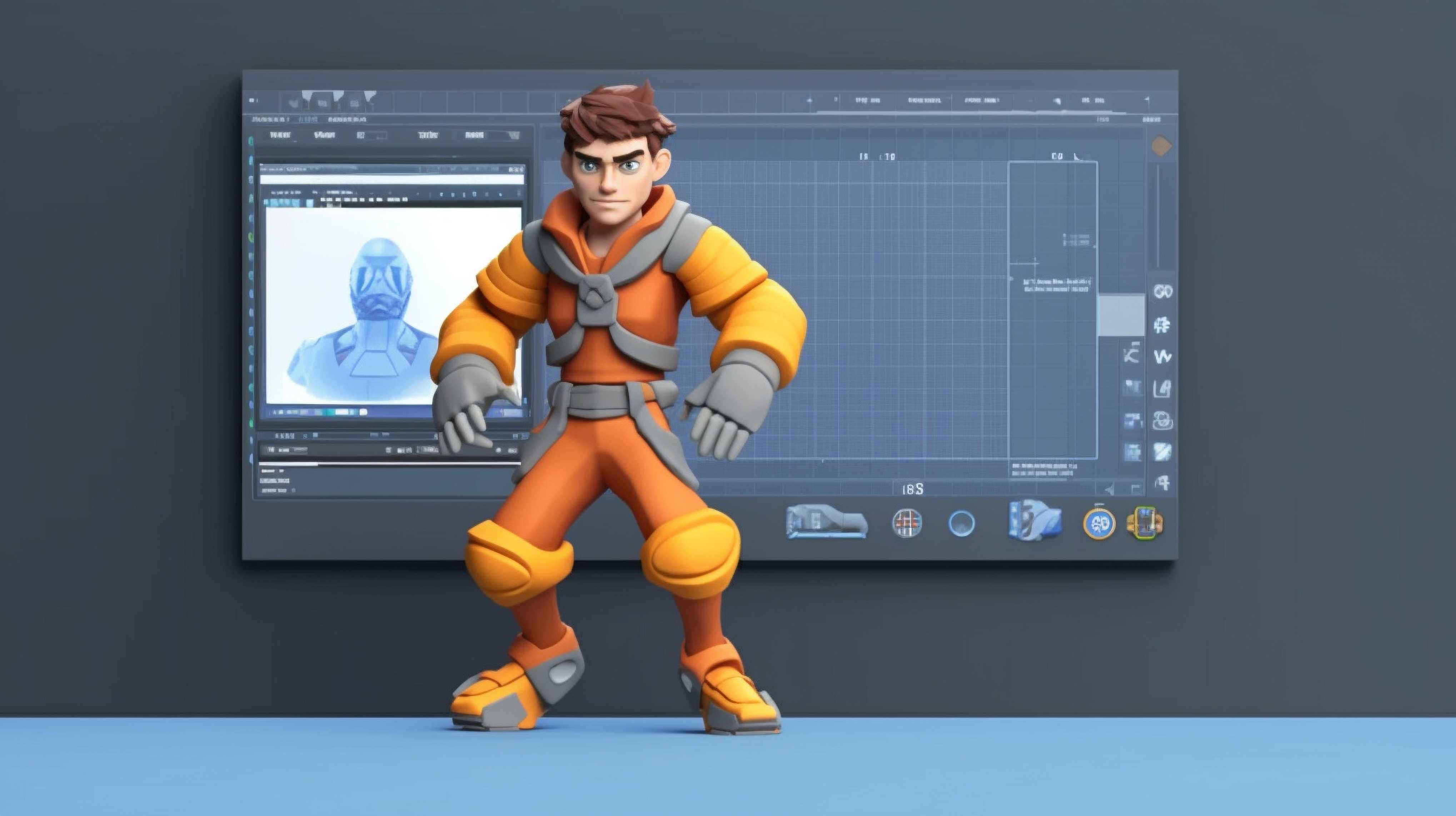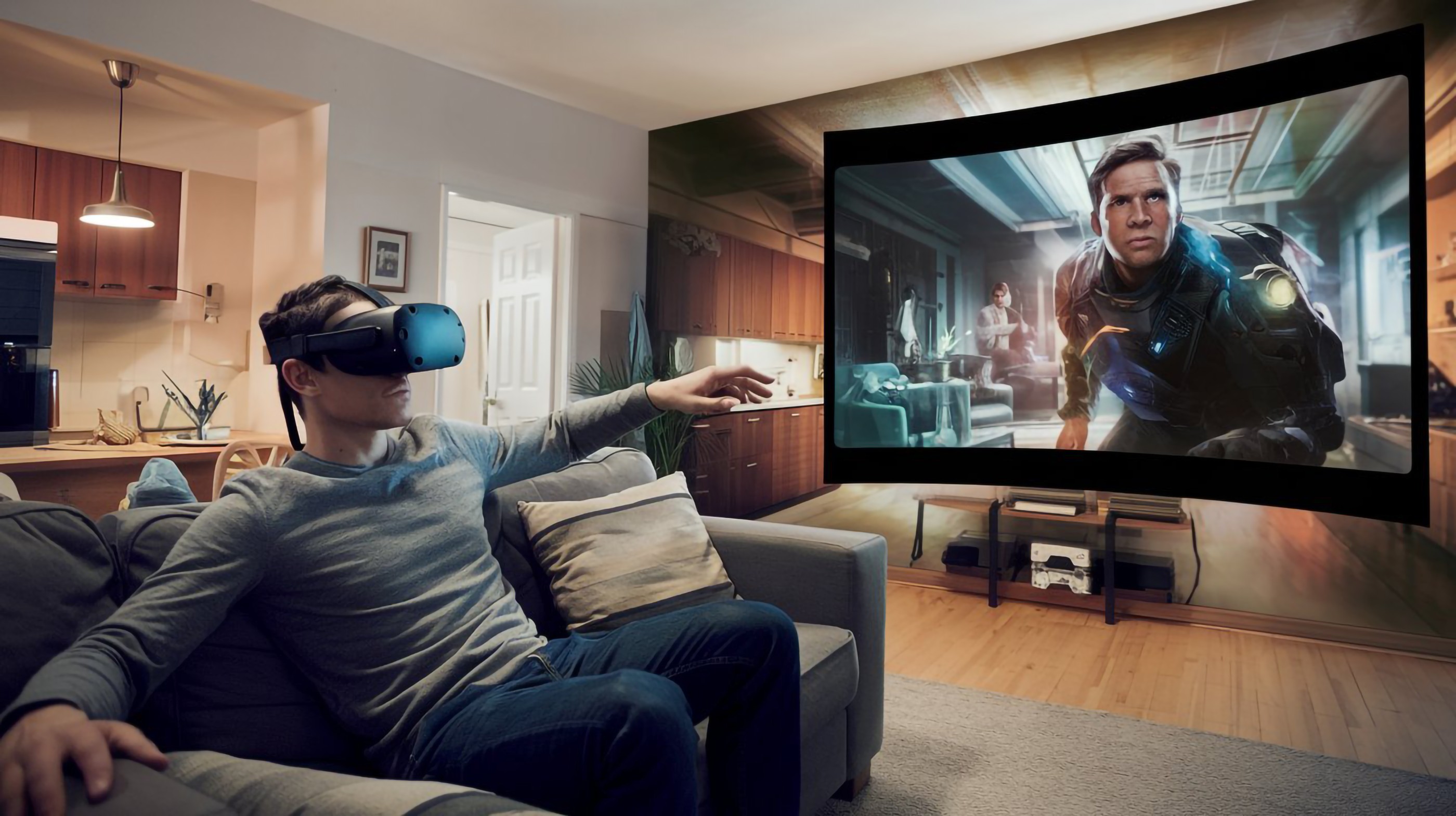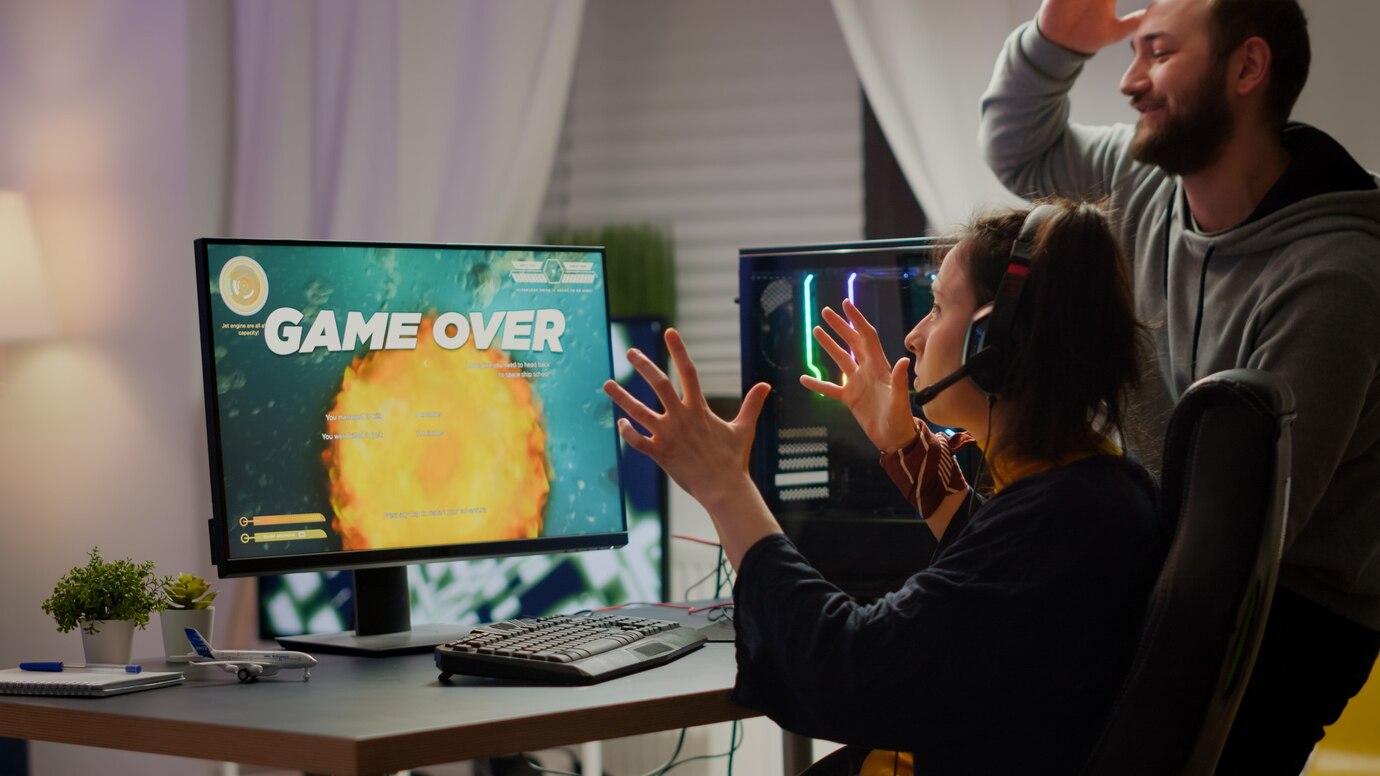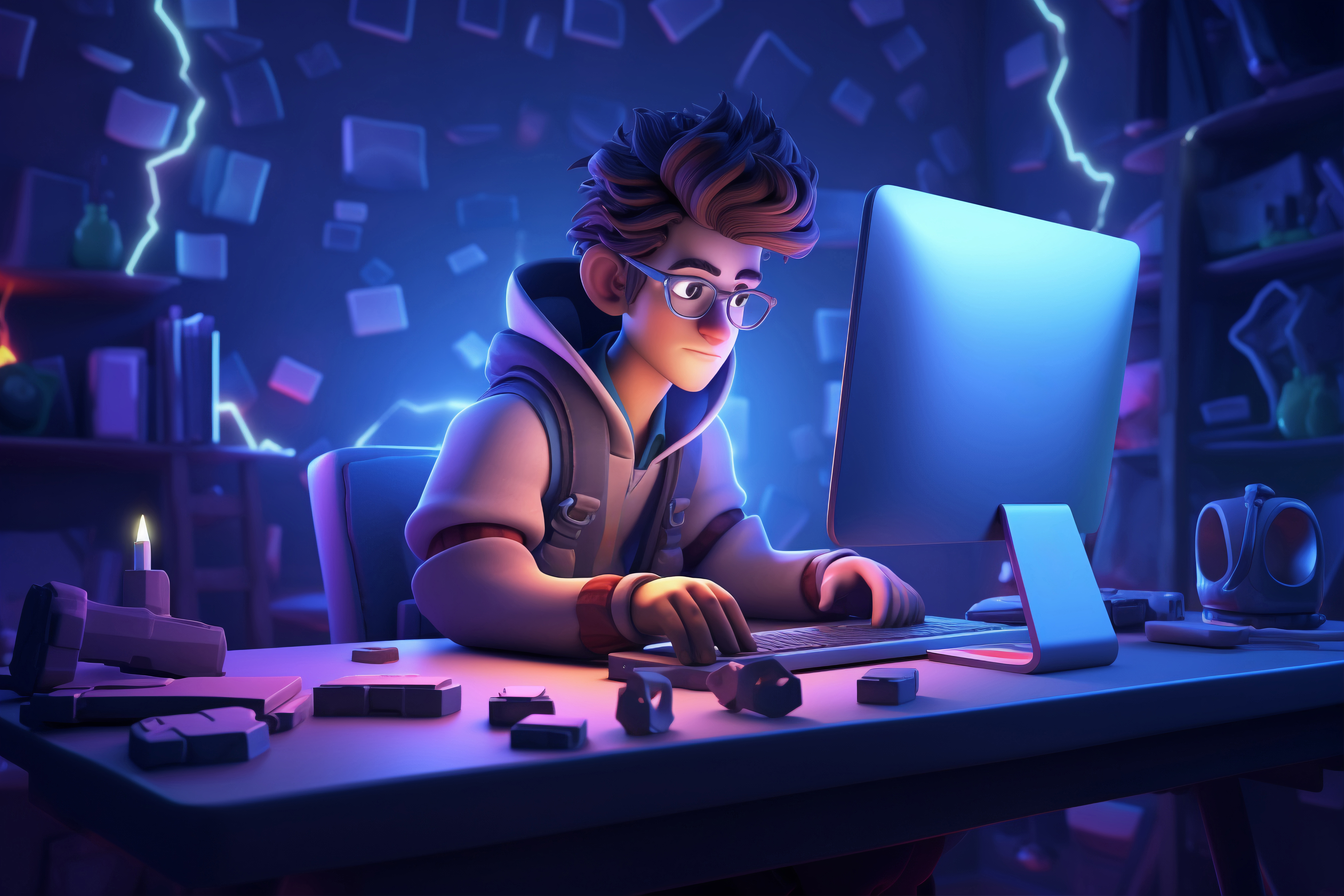The wholesome vibes of Animal Crossing and the white-knuckled grit of Red Dead Redemption 2; It is all in the art styles for the games.
Art in games goes beyond the mere aesthetics. It is a part of the narrative and the game mechanics and brings character and depth to the gameplay.
Video game art styles deliver numerous benefits to both the developers and the players. They
● Make the project stand out in the market,
● Engage the players,
● Guide the story,
● Enhance player experience,
● Increase replay value, etc.
In this guide to game art styles, EDIIIE presents the intricacies of art direction and thematic coherence as it relates to the gaming experience. We are also a pioneering game development studio, so hit us up!
First, let us ask ourselves, why do game art styles matter so much?
Game Art Styles and Immersion
The art you choose adds personality, mood, and identity to the virtual world you create. It directly influences aspects like character design, environmental design, animation techniques, etc.
Art also determines how players perceive the game and how they interact with it.
When you choose the right style, you deepen the immersion, embolden the theme, and make the game mechanics more visible. The wrong art style, however, can be a distraction that takes away from the game’s intended impact.
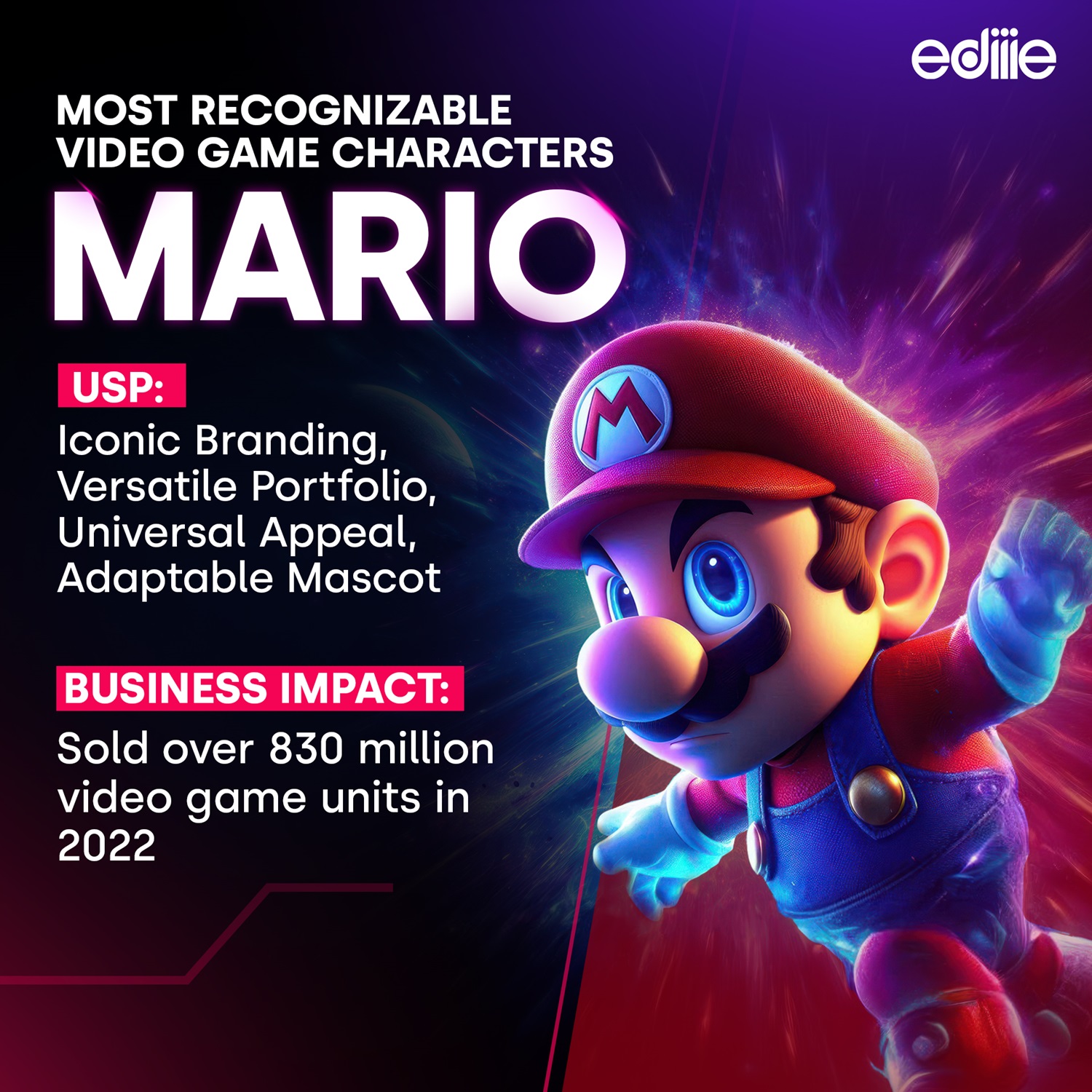
Let’s take a quick peek at some of the common art styles:
- Realism (The Last of Us Part II, Red Dead Redemption 2, Call of Duty: Modern Warfare)
- Fantasy realism (The Witcher 3: Wild Hunt, Horizon Zero Dawn, Dark Souls III)
- Low Poly (Minecraft, Monument Valley, Untitled Goose Game)
- Hand-painted (Ori and the Blind Forest, Cuphead, Child of Light)
- 5Cartoon (Fortnite, Overwatch, The Legend of Zelda: The Wind Waker)
(All of these are games with unique art styles.)
Other classifications can also be made, such as 2D vs 3D game art styles. For instance, 2D art styles include pixel, vector, cutout, cel shading, monochromatic, flat, and doodle.
You need game art to create an inviting ambiance for the players and use its talent in storytelling to develop an engrossing narrative.
An important criterion for immersion is the suspension of disbelief. A cohesive game art style can help you do that.
There is also a profound psychological impact on the players; their emotions, perceptions, and behavior. You will feel loss and grief in The Last of Us and the anger of being hustled by a raccoon in Animal Crossing.
The world may not be real but your feelings will be.
Ultimately, it is your own vision, goals, and constraints that help you choose the best video game art style for your project.
Theme and Narrative
Art adds depth to the gameplay through layers of meaning and emotion injected into the story. With tools like visual metaphors, symbolism and iconography, and character modeling and expression, the game guides you in unfolding the narrative.
For example, using black and white visuals and silhouettes, the game Limbo instills a feeling of mystery. Adding to the theme is the minimalist art style that allows you to fill in the gaps and develop a sense of dread and foreboding.
Developers create visuals that complement the narrative’s themes. This creates characters that resonate with the players until the credits roll.
Brand Identity
Each art style develops a unique look that imbeds itself into the identity of the game development studio. It is their calling card. This is what delivers the recognizable hand-drawn charm of indie studio MDHR or the hyper-realism of AAA powerhouse Naughty Dog.
It also represents the studio's brand values, personality, and creative ethos. Whether you wish to showcase your respect for tradition or commitment to innovation, the art style communicates this intent and invites the players to be a part of it.
Player Engagement
With visually appealing characters, immersive game environments, and emotionally captivating narratives, games use art styles to keep the players playing for hours on end. This translates to the retention of the current players and the attraction of new ones. Moreover, it becomes critical to the long-term, sustainable success of the studio.
As an example, the game Hollow Knight engages you with its dark and atmospheric visuals, filled with secrets and surprises.
Technical Constraints
The practicality of implementing a given art style is a limitation that stays throughout the game development process.
Depending on the style you choose, rendering complexity and resource usage must be considered. Developers need to optimize the art assets and rendering techniques to ensure smooth performance across all platforms.
Art assets take up memory space as well. This becomes an issue with consoles and smartphones. With the use of techniques like texture compression and level-of-detail (LOD) optimization, game devs can maximize efficiency without sacrificing visual fidelity.
Factors such as shader support, asset import/export pipelines, and compatibility with third-party plugins are also considered when choosing the best game engine and other development tools.
This challenge is one of the most significant obstacles to art style implementation. Let’s now discuss the others.
Challenges and Pitfalls
● Artistic Vision vs. Technical Constraints:
Developers need to balance their creative goals with technical limitations. They can realize their artistic vision within the confines of the technology available to them through ingenuity. ● Consistency Across Assets:
Consistency is critical to maintain the attention of the players. All characters, environments, and UI elements must follow the same design rules throughout the game. Variation in style, scale, or level of detail can ruin the player’s suspension of belief.● Communication and Collaboration:
Agile methodologies must be implemented to ensure clear communication when working with cross-functional teams.● Flexibility:
Developers must continuously adapt to changing requirements and sudden issues that may arise. They are encouraged to embrace a mindset of continuous learning, experimentation, and adaptation.● Iterative Design Process:
Playtesting delivers feedback on the visual clarity, readability, and emotional impact of the game. The gameplay must then be refined in iterations until the desired results are achieved.Put the Brush on the Canvas
This has been your concise guide to video game art styles. With the huge diversity in game art styles and the many advantages they deliver, it is only a matter of choosing and then implementing.
If you feel ready, why not get assistance from an experienced game design studio?
At EDIIIE, we pride ourselves on delivering the best in immersive and visually captivating game art.



